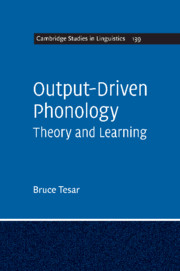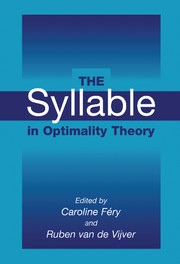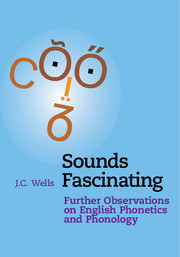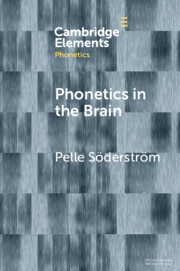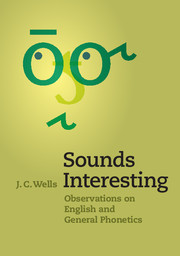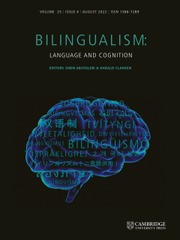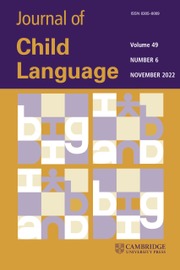Output-Driven Phonology
This book presents the theory of output-driven maps and provides a fresh perspective on the extent to which phonologies can be characterized in terms of restrictions on outputs. Closely related to traditional conceptions of process opacity, but differing in notable ways, the theory of output-driven maps applies equally to SPE-style ordered rules, Optimality Theory, and other phonological theories. It permits a formally rigorous analysis of the issues in Optimality Theory that is not possible with traditional process opacity. Also presented is a theory of phonological learning. Building on prior work on learning in Optimality Theory, the learning theory exploits the formal structure of output-driven maps to achieve learning that is far more computationally efficient than comparable prior approaches. In this book Bruce Tesar, one of the founders of the study of learnability in Optimality Theory, presents fresh perspectives in an accessible way for graduate students and academic researchers.
- Discusses a variety of Optimality Theory (OT) constraints previously proposed in phonological literature
- Provides a single concept for explaining the 'opaque' effects of a diverse range of OT constraints
- Presents a unified discussion of all of the components of a major research program in language learning in an accessible way using helpful examples and terminology
- Formal proofs of key results are included in separate sections
Reviews & endorsements
'Output-Driven Phonology: Theory and Learning opens a new perspective on phonological systems: how such systems are formally organized, and immediately related to this, how they are acquired. Bruce Tesar has taken a major step towards solving the classical problem of simultaneously learning a grammar and a lexicon.' René Kager, Utrecht University
Product details
December 2019Paperback
9781108790680
435 pages
230 × 150 × 23 mm
0.6kg
19 b/w illus. 208 tables
Available
Table of Contents
- 1. Characterizing surface orientedness in phonology
- 2. Output-driven maps
- 3. Output-driven maps in optimality theory
- 4. Analysis of constraint behavior
- 5. Learning phonotactics
- 6. Learning with paradigmatic information
- 7. Exploiting output-drivenness in learning
- 8. Paradigmatic subsets
- 9. Linguistic theory and language learnability.

